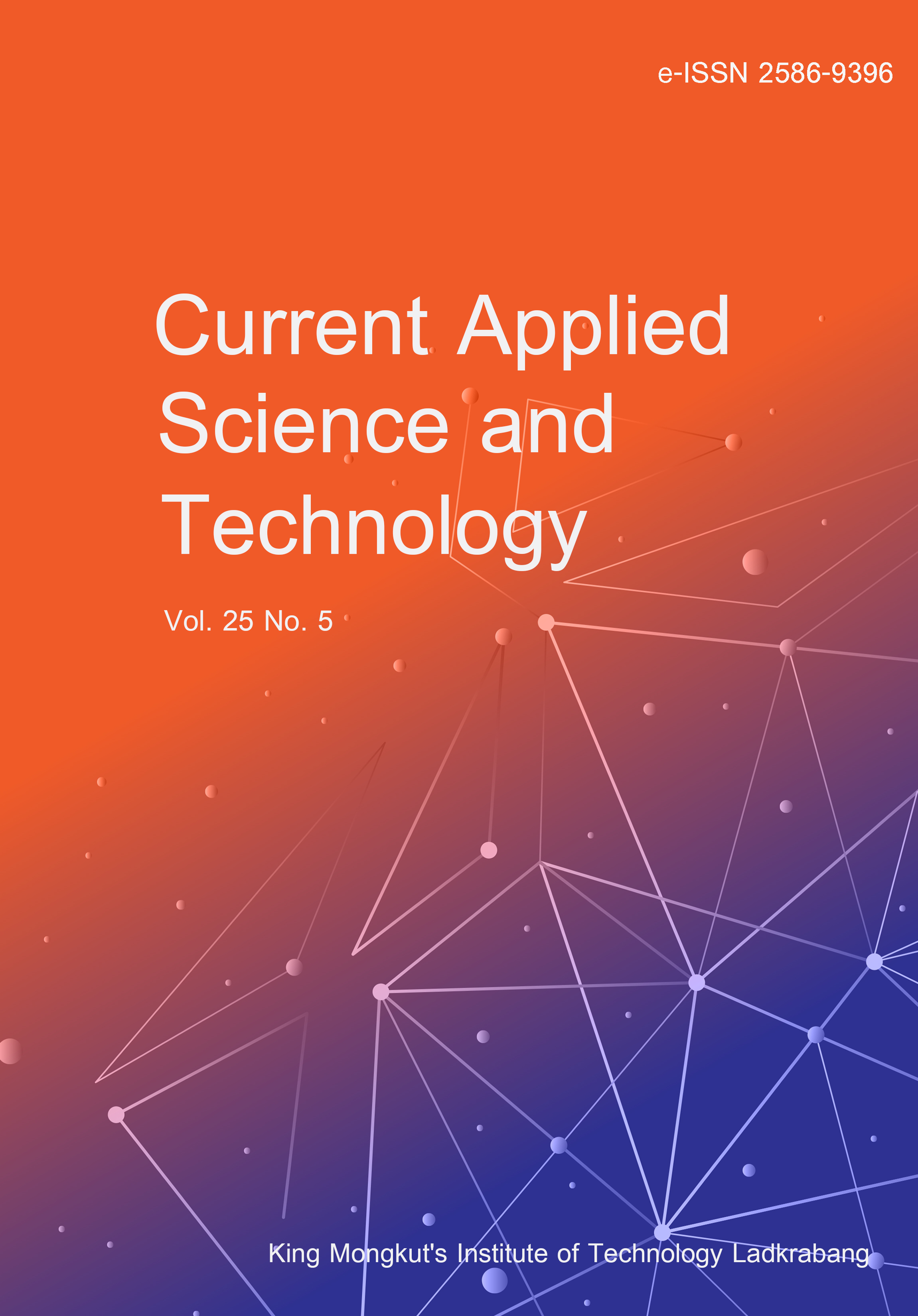The use of organic fertilizer to prevent soil degradation has received high attention. Vermicompost is a solid organic fertilizer excreted by the earthworm; however, the content of nutrients is dependent on the substrate used for earthworm feeding. The present study aimed to determine the nutrient content and urease activity of vermicompost derived from animal wastes and their combinations. A greenhouse experiment using a completely randomized design with three substrates: dairy cattle, chicken, and goat manure, and their combinations, and utilizing Perionyx excavatus was undertaken, with three replications. The vermicomposting process lasted 60 days, after which the nutrient content was analyzed. The results showed that vermicompost from goat manure had the highest nitrogen (N) content, urease activity, and pH, while chicken manure produced the highest phosphorus levels. The organic carbon (C), potassium (K), calcium (Ca), magnesium (Mg), and C/N ratio were similar across all substrates. The vermicompost from all substrates complied to the quality standards released by the Indonesian and Thai governments, although the carbon content and C/N ratio were below the standard. Future research should focus on combining animal wastes with lignin-rich materials to enhance the organic carbon content and C/N ratio to meet quality standards.
Muktamar, Z. ., Fahrurrozi, F. ., Suroningrum, R. ., & Anandyawati, A. . (2025). Different Substrates of Animal Wastes and Their Combinations for Quality Improvement of Vermicompost Using Earthworm Perionyx excavatus. CURRENT APPLIED SCIENCE AND TECHNOLOGY, e0263036. https://doi.org/10.55003/cast.2025.263036

